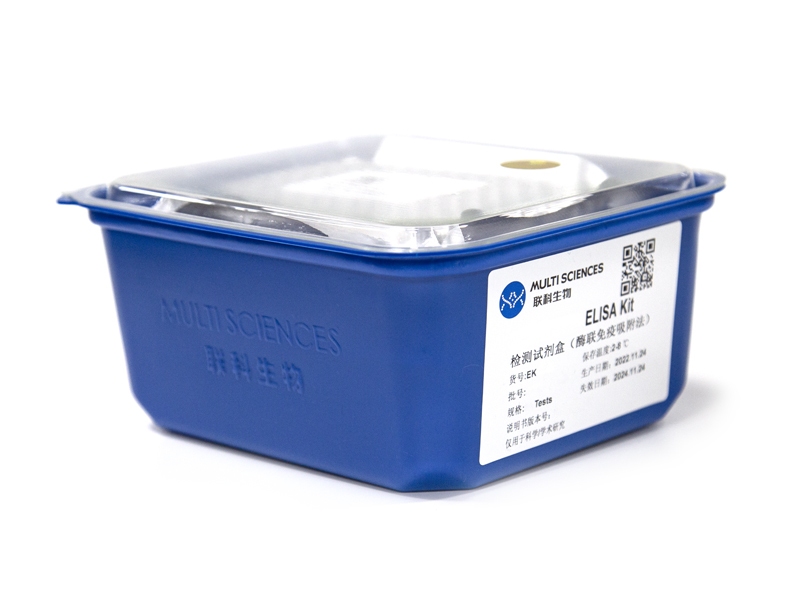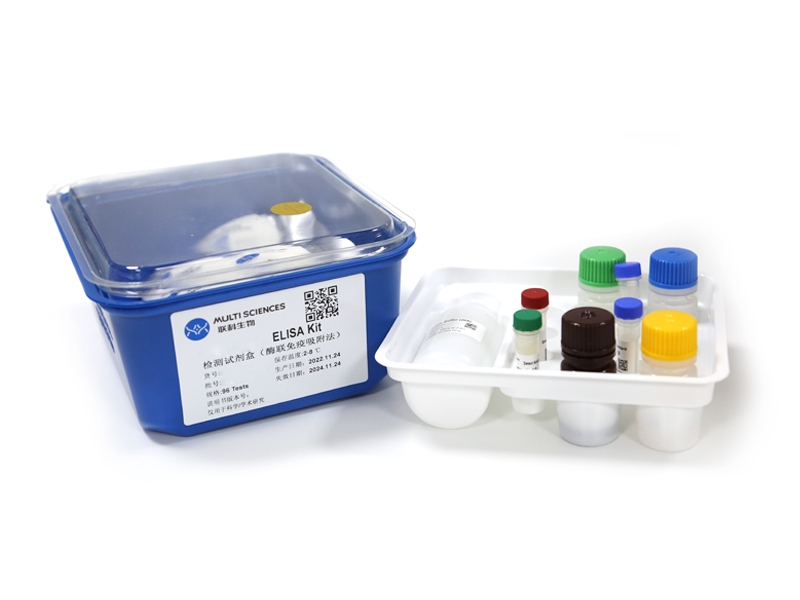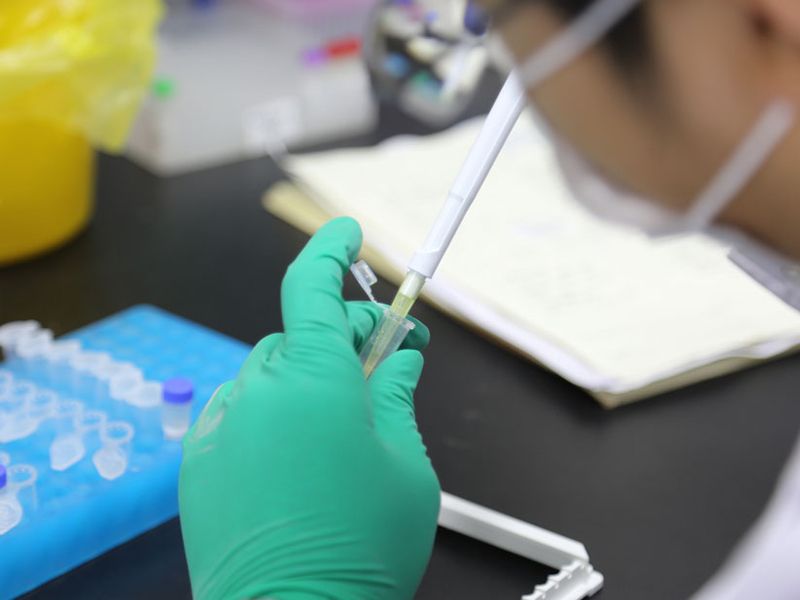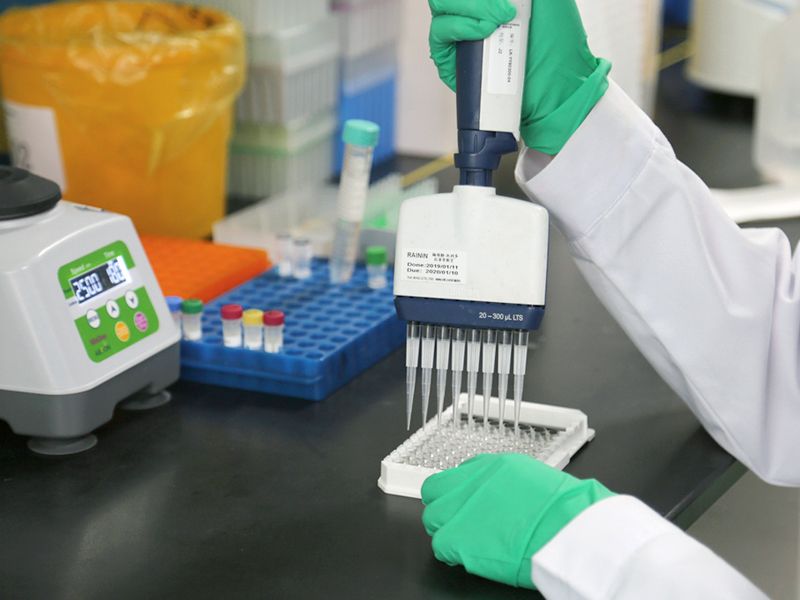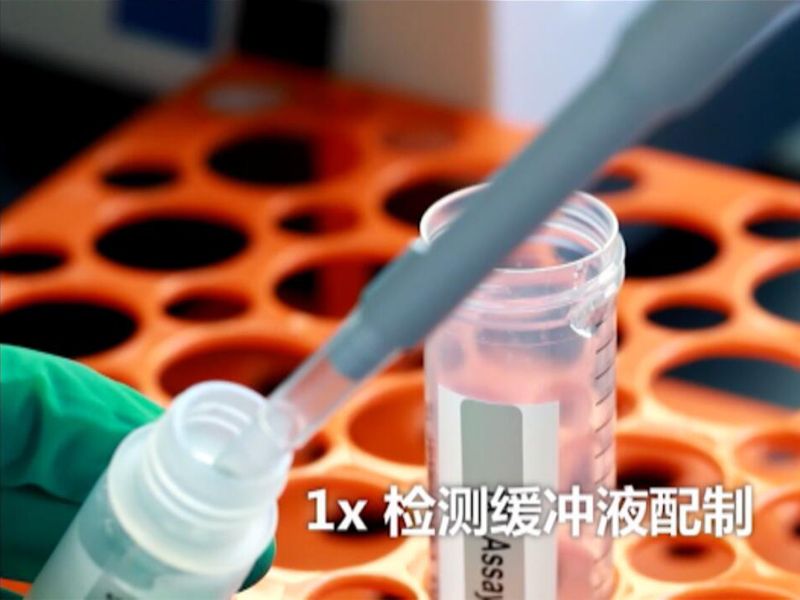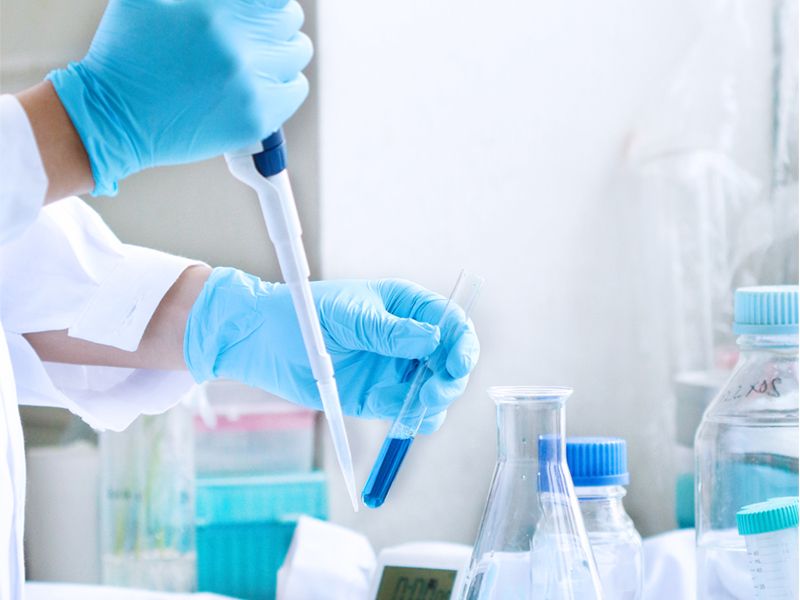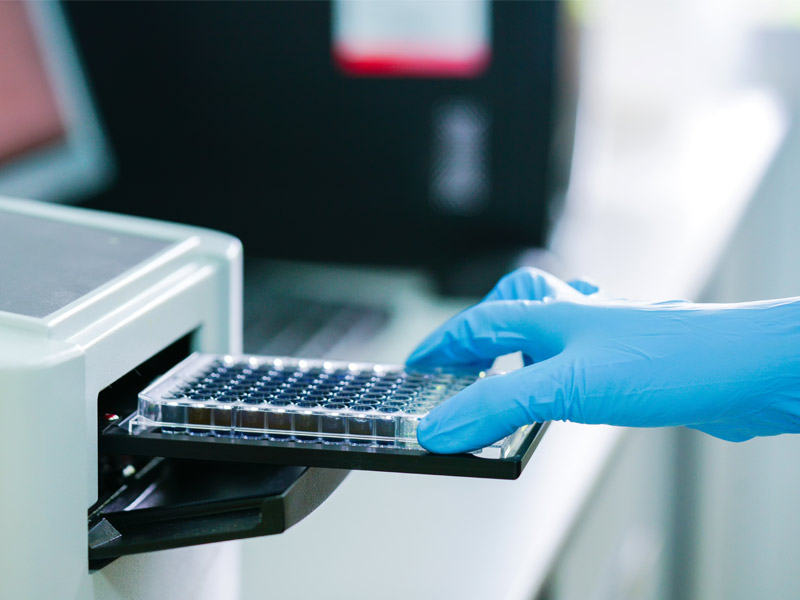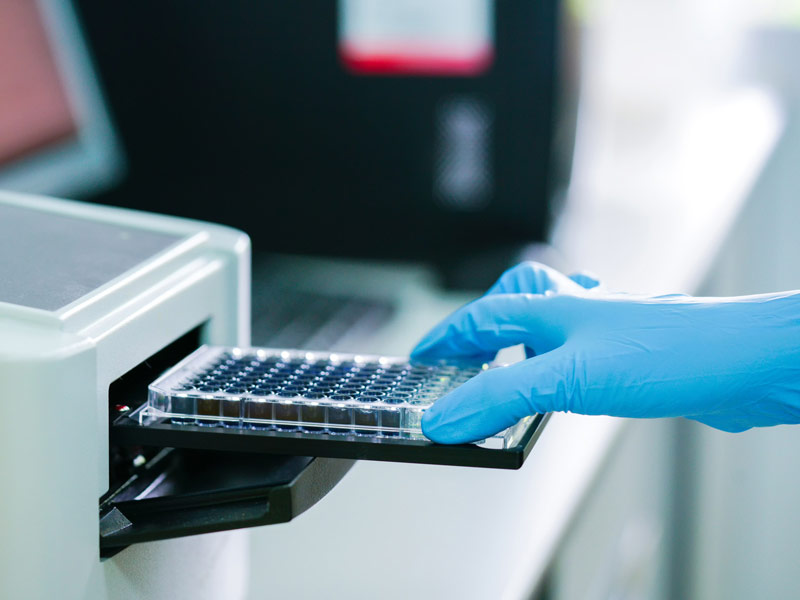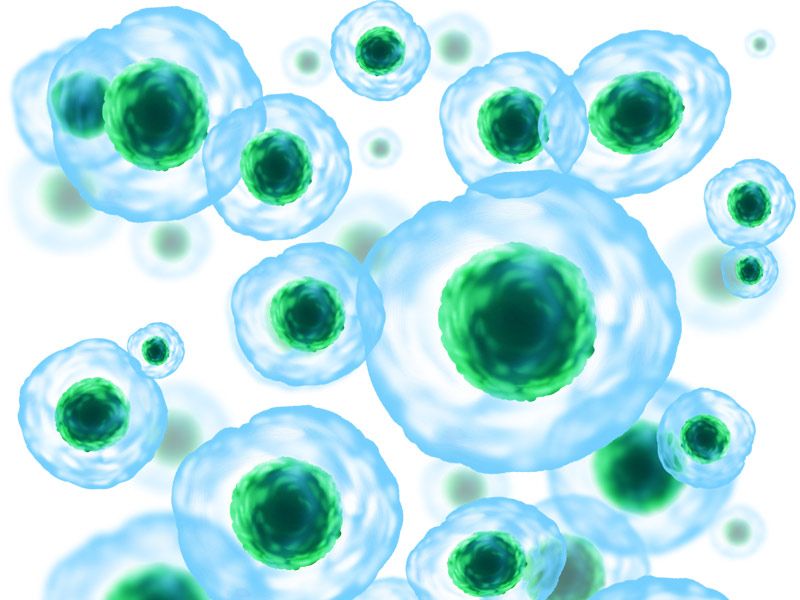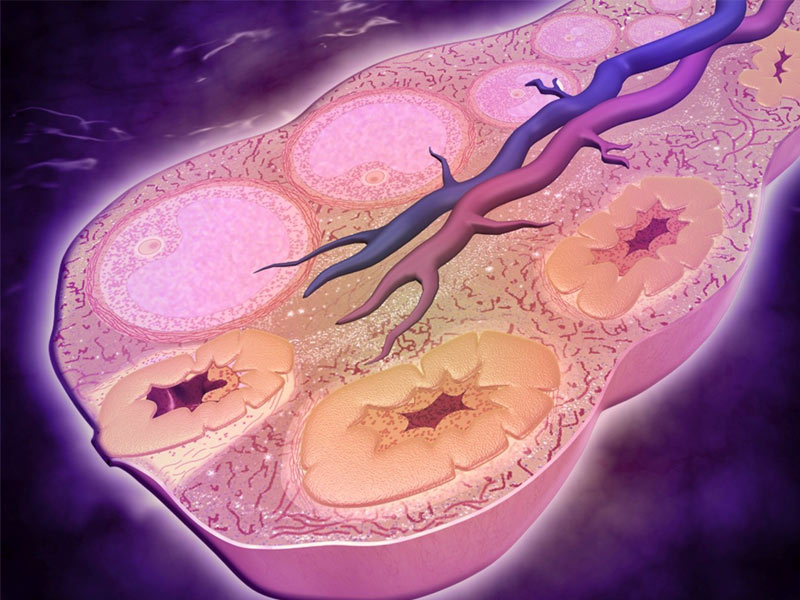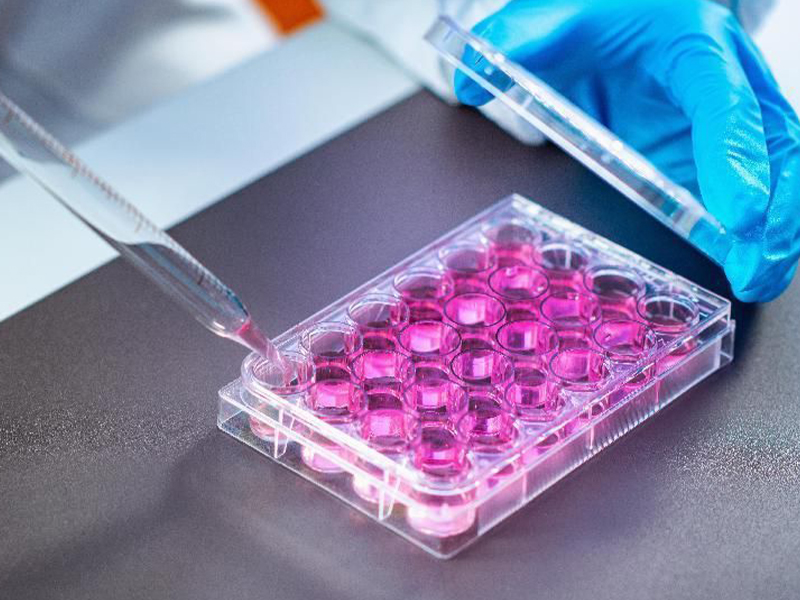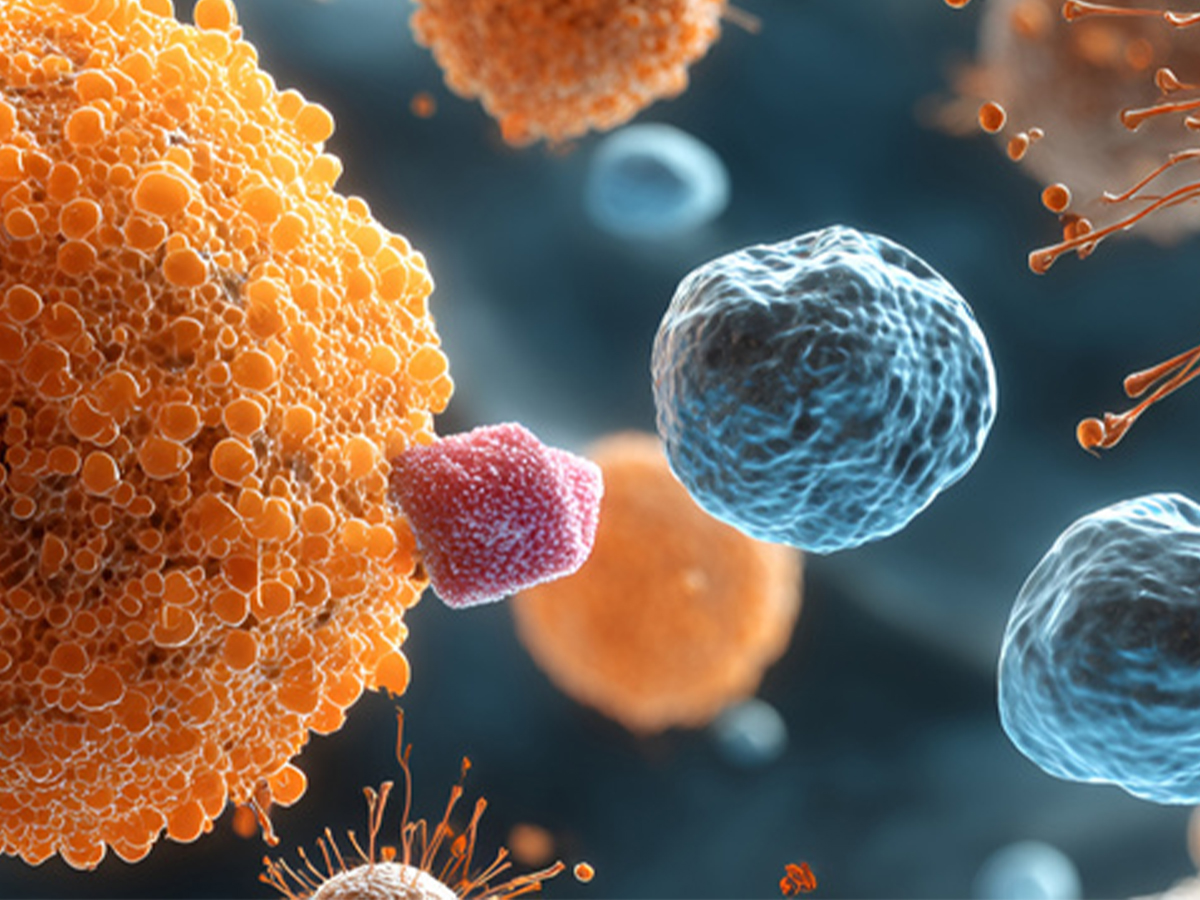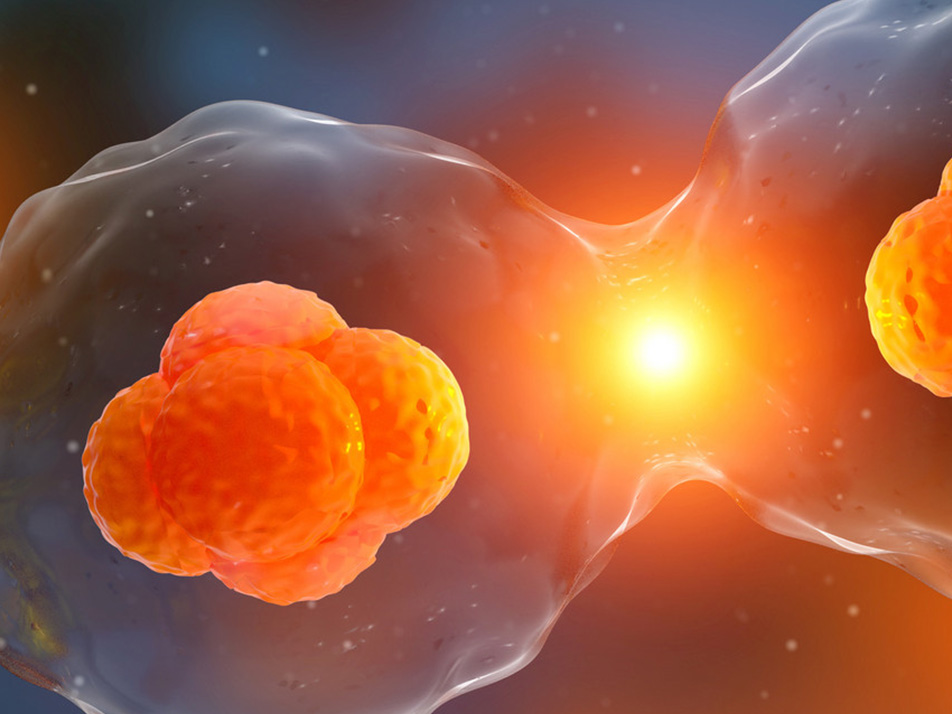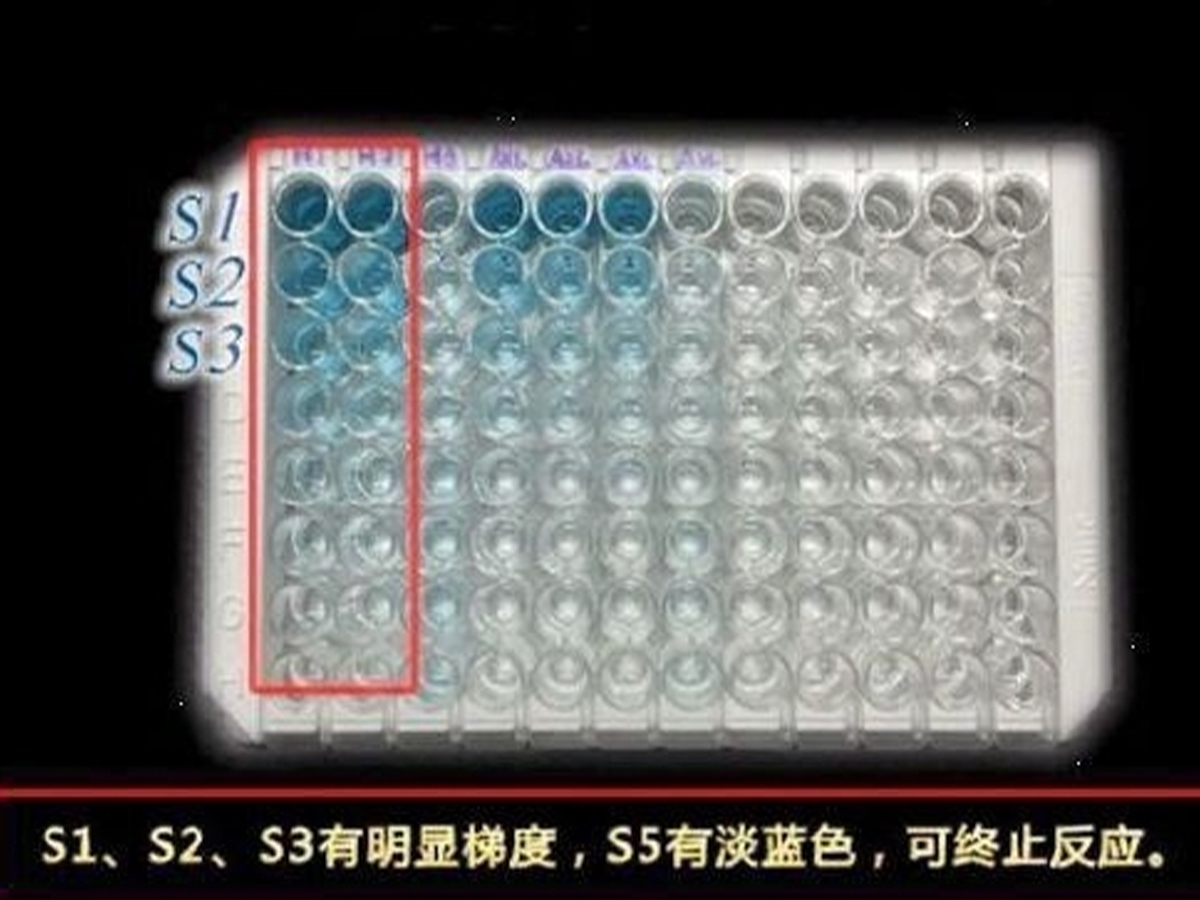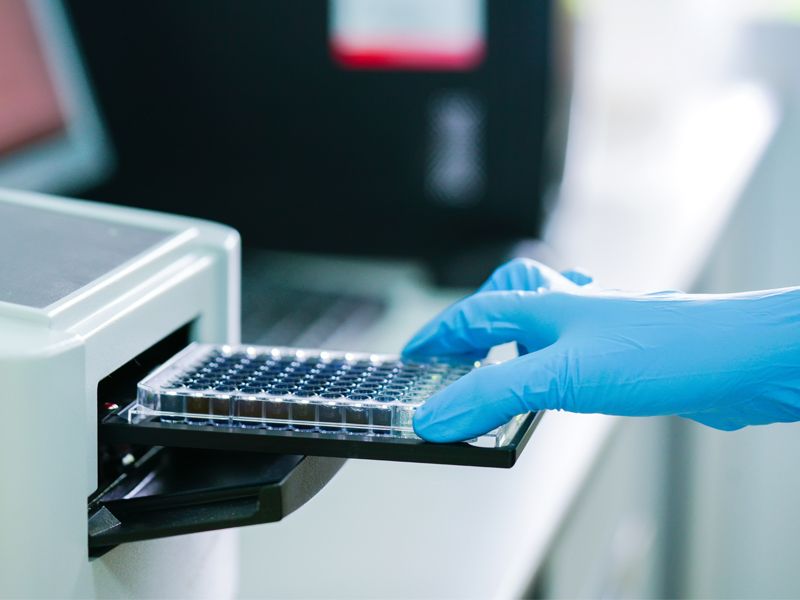Mouse sICAM-1/CD54 ELISA Kit检测试剂盒(酶联免疫吸附法)
¥1,600.00 – ¥2,650.00
在售SKU:70-EK289/2-48, 70-EK289/2-96, EK289
- 分子靶点:ICAM1
- 种属:小鼠
- 样本类型:血清、血浆、细胞培养上清及其他生物学样本
- 检测样本体积:血清、血浆样本5μL
- 灵敏度:1.27pg/mL
- 检测范围:62.5-4000pg/mL
- 回收率:89%-112%
ELISA试剂盒详细信息
| 商品名 | 小鼠可溶性细胞间粘附分子1/CD54酶联免疫检测试剂盒 |
|---|---|
| 种属 | 小鼠 |
| 靶点 | ICAM1 |
| 检测方法 | 双抗体夹心法 |
| 检测样本类型 | 血清、血浆、细胞培养上清及其他生物学样本 |
| 检测样本体积 | 血清、血浆样本5μL |
| 灵敏度 | 1.27pg/mL |
| 线性范围 | 62.5-4000pg/mL |
| 精密度 | 板内变异系数:3.6%-4%;板间变异系数:4.1%-5.1% |
| 回收率 | 89%-112% |
| 平均回收率 | 102% |
| 板式 | 96孔板,可拆 |
| 保存条件 | 2-8℃保存。已拆开:标准品-20℃保存,其它4℃。 |
| 运输条件 | 2-8℃冰袋运输 |
| 检测原理 | 本试剂盒采用双抗体夹心酶联免疫吸附检测技术。特异性抗小鼠sICAM-1抗体预包被在高亲和力的酶标板上。酶标板孔中加入标准品、待测样本和生物素化的检测抗体,经过孵育,样本中存在的sICAM-1与固相抗体和检测抗体结合。洗涤去除未结合的物 质 后, 加 入 辣 根 过氧 化 物 酶 标 记的 链 霉 亲 和 素(Streptavidin-HRP)。洗涤后,加入显色底物TMB,避光显色。颜色反应的深浅与样本中sICAM-1的浓度成正比。加入终止液终止反应,在450nm波长(参考波长570 - 630nm)测定吸光度值。 |
分子信息
ICAM1 分子靶点信息概述
- 分子名:ICAM1, intercellular adhesion molecule 1
- 基因家族:CD molecules; Receptor ligands; Immunoglobulin like domain containing; Ig-like cell adhesion molecule family
- 别名:BB2; CD54
- 全称:human rhinovirus receptor
ICAM1 分子靶点综述
细胞间粘附分子1(ICAM-1)也称为CD54,是一个几乎无所不在的跨膜糖蛋白,通常表达于内皮细胞和免疫细胞,对白细胞迁移和活化具有关键作用。它与CD11a/CD18或CD11b/CD18型整合素结合,也会被鼻病毒作为受体利用。可溶性细胞间粘附分子1(sICAM-1)促进血管生成,可作为血管内皮细胞活化或受损的指示剂。它也可作为跨膜ICAM-1抑制剂,介导活性如单核细胞对活化的内皮细胞的黏附以及肿瘤细胞对NK细胞介导的溶解作用的敏感性。监测血清中的sICAM-1表达水平可对多种病理状态提供更加详细的视角,如心血管疾病、II型糖尿病、器官移植障碍、氧化应激、腹部脂肪团、高血压、肝脏疾病和某些恶性肿瘤等。
小鼠 Mouse Icam1 分子靶点信息
- 分子名:Icam1, intercellular adhesion molecule 1
- 别称:
- CD54
- Icam-1
- Ly-47
- lymphocyte antigen 47
- MALA-2
- MGC:6195
- 基因序列:NCBI_Gene: 15894
- 蛋白序列:
小鼠 Mouse Icam1 靶点分子功能(预测)
Predicted to enable integrin binding activity. Acts upstream of or within several processes, including T cell antigen processing and presentation; cellular response to glucose stimulus; and cellular response to leukemia inhibitory factor. Located in external side of plasma membrane and immunological synapse. Colocalizes with membrane raft. Is expressed in several structures, including cardiovascular system; liver vasculature; lung; skin; and thymus primordium. Used to study malaria. Human ortholog(s) of this gene implicated in several diseases, including autoimmune disease (multiple); biliary atresia; inflammatory bowel disease (multiple); liver cirrhosis; and uveitis (multiple). Orthologous to human ICAM1 (intercellular adhesion molecule 1).

